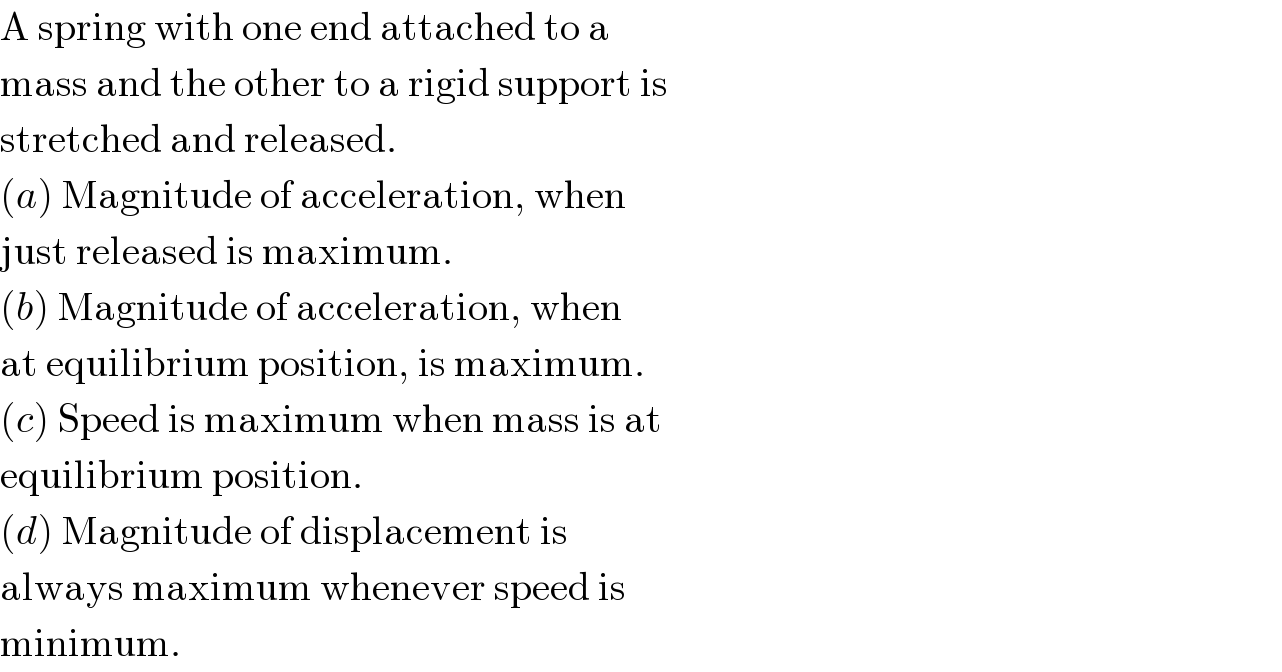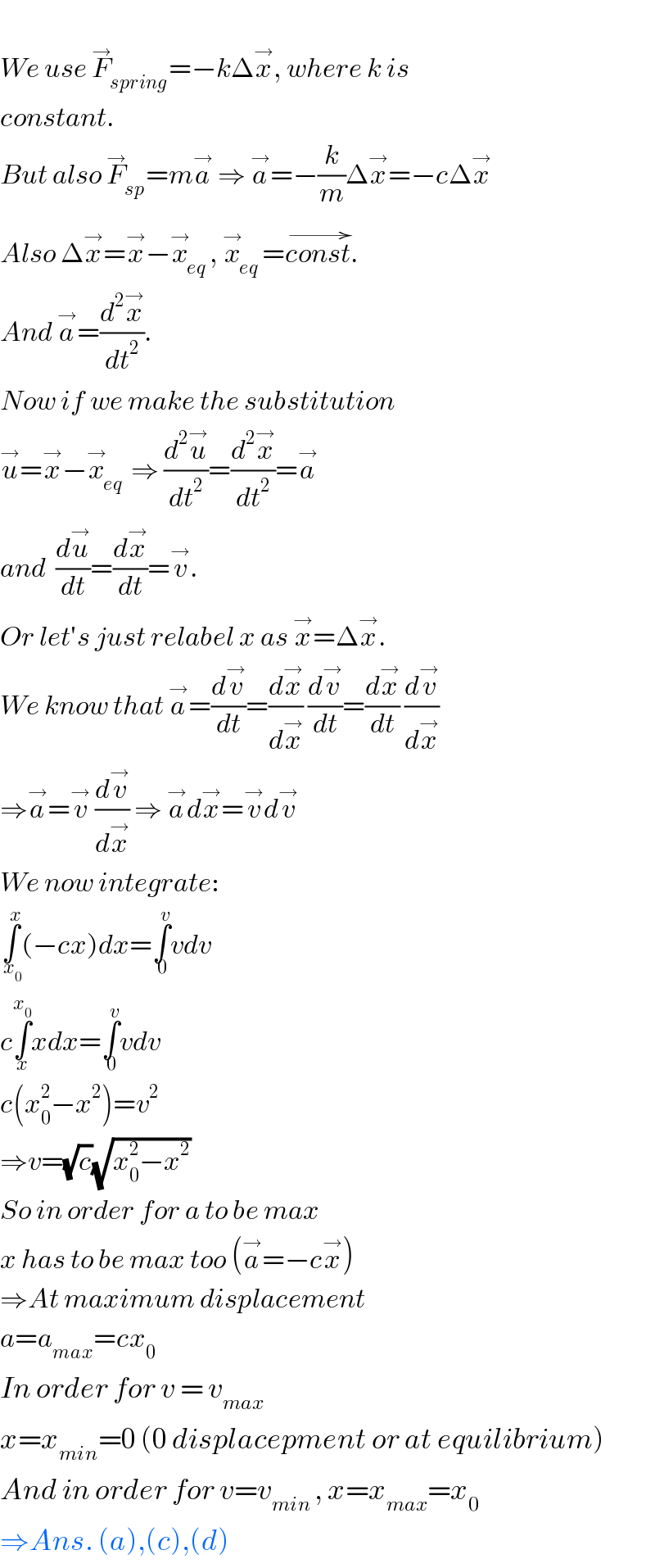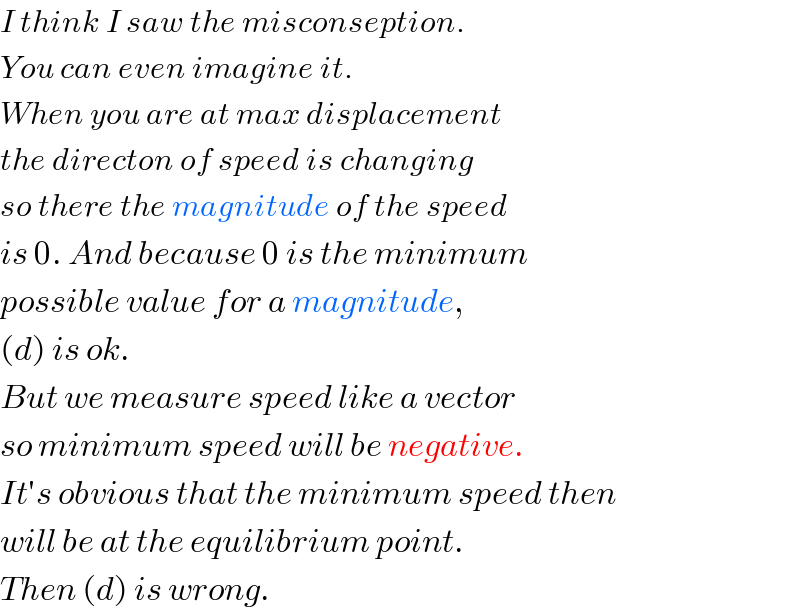
Question and Answers Forum
Question Number 21012 by Tinkutara last updated on 10/Sep/17

Commented by ajfour last updated on 11/Sep/17

Commented by Tinkutara last updated on 10/Sep/17

Commented by Tinkutara last updated on 10/Sep/17

Answered by alex041103 last updated on 11/Sep/17

Commented by Tinkutara last updated on 11/Sep/17

Commented by alex041103 last updated on 11/Sep/17

